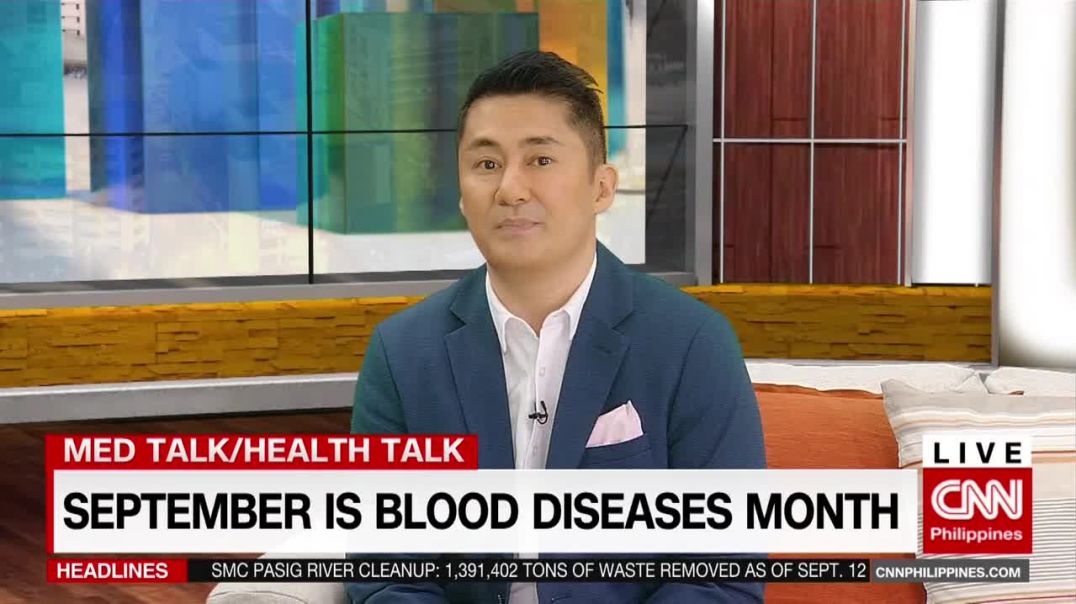Treating Chronic Myeloid Leukemia by Phase
Treating Chronic Myeloid Leukemia by Phase
Treatment options for people with chronic myeloid leukemia (CML) depend on the phase of their disease (chronic, accelerated, or blast phase), their age, other prognostic factors, and the availability of a stem cell donor with matching tissue type.
Chronic phase
The standard treatment for chronic phase CML is a tyrosine kinase inhibitor (TKI) like imatinib (Gleevec), nilotinib (Tasigna), dasatinib (Sprycel), or bosutinib (Bosulif). If the first drug stops working or it never really worked well at all, the dose may be increased or another TKI might be tried. Ponatinib (Iclusig) is an option after all of the other TKIs have been tried or if the leukemia cells later develop the T315I mutation.
Switching to another TKI is also an option if a person can't take the first drug because of side effects.
Rarely, people in chronic phase may be treated with an allogeneic stem cell transplant (SCT). This treatment is discussed in detail in Stem Cell Transplant for Chronic Myeloid Leukemia.
Monitoring treatment results
Monitoring the patient to see how they respond to treatment is very important. Blood counts are checked often. The blood is also checked with a polymerase chain reaction (PCR) test to measure the amount of the BCR-ABL gene. The bone marrow is checked, too, to see if the Philadelphia chromosome is there. Testing for the BCR-ABL gene or the Philadelphia chromosome is usually done about 3 months after a TKI is started, and then every 3 to 6 months after that. If the results show that treatment is working well, the patient stays on their current drug. If the results show that treatment isn’t working well, and the patient is taking the drug the way they should, a new drug or treatment may be needed.
If the CML is responding well to treatment, 3 months after starting treatment, the patient should have:
A complete hematologic response (CHR), and
Some type of cytogenetic response, and/or
A reduction of the number of copies of BCR-ABL on the PCR test by 90% or more
If treatment is working well, 18 months after starting treatment, the patient should have:
A complete hematologic response (CHR), and
A complete cytogenetic response (CCyR), and/or
A major molecular response (MMR)
For more on these different types of response, see How Do You Know If Treatment for Chronic Myeloid Leukemia Is Working?
How often is treatment successful?
Up to about 70% of people have a complete cytogenetic response (CCyR) within 1 year of starting imatinib, and the rate of CCyR is even higher with other TKIs. After a year, even more patients will have had a CCyR. Many of these patients also have a complete molecular response (CMR).
But even in patients in whom the BCR-ABL gene can no longer be found while on treatment, it’s often not clear if they are cured, so most people need to stay on a TKI indefinitely. In patients who have a deep, long-lasting response to treatment (usually for at least 2 or 3 years), some doctors might suggest stopping the drug for a time and closely monitoring with blood tests to see if the CML returns. In clinical trials so far, typically about half of these patients can stop treatment without the CML returning. Another option might be lowering the dose of the TKI, which can reduce side effects.
If the CML does return after stopping or lowering the dose of the TKI, it's been found to respond well when the original treatment is restarted.
If the first treatment doesn’t work
If the leukemia doesn’t respond well to the first treatment, there are several options.
Increasing the dose of the drug. This helps some people, although the higher dose often has worse side effects.
Switching to another TKI, for example from imatinib to dasatinib, nilotinib, or bosutinib. The doctor may check the CML cells for genetic changes (mutations) to help decide which drug would be best.
Interferon or chemotherapy (chemo) may be tried for those who can't take the TKIs or those for whom they are not working,
Stem cell transplant may be an option, especially for younger people who have a donor with a matching tissue type.
Treating CML after a stem cell transplant
Some people who have a stem cell transplant may not get a complete response. If they do not have graft-versus-host disease (GVHD) , doctors may try to get their new immune system to fight the leukemia. One way to do this is by slowly lowering the doses or stopping the immune suppressing drugs they are taking. This is done very carefully in order to have an anti-leukemia effect without getting too much GVHD. Patients are watched closely during this time. Another approach that helps some patients is an infusion of lymphocytes taken from the person who donated the stem cells for the transplant (called donor lymphocyte infusion). This can induce an immune reaction against the leukemia. Other drugs may also be helpful. Most experts agree that these patients should take part in a clinical trial.
-
Category




![[ENG] Pregnancy After Treating Endometrial Cancer?](https://i.ytimg.com/vi/8Lat6ZymCK0/maxresdefault.jpg)

















No comments found